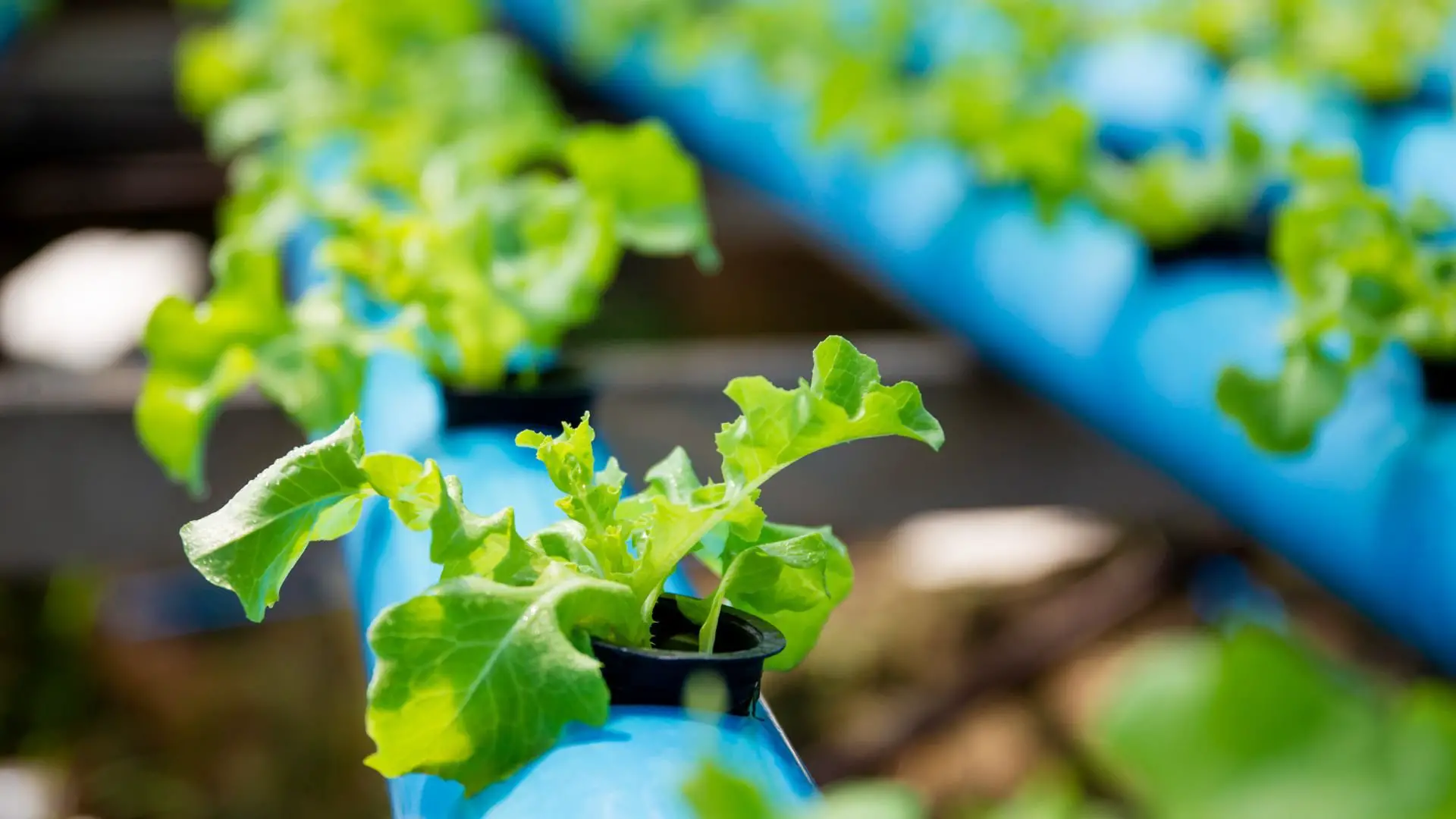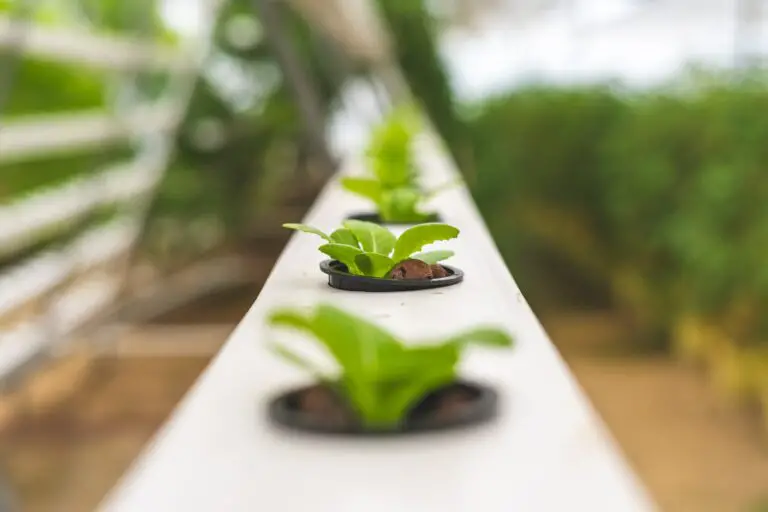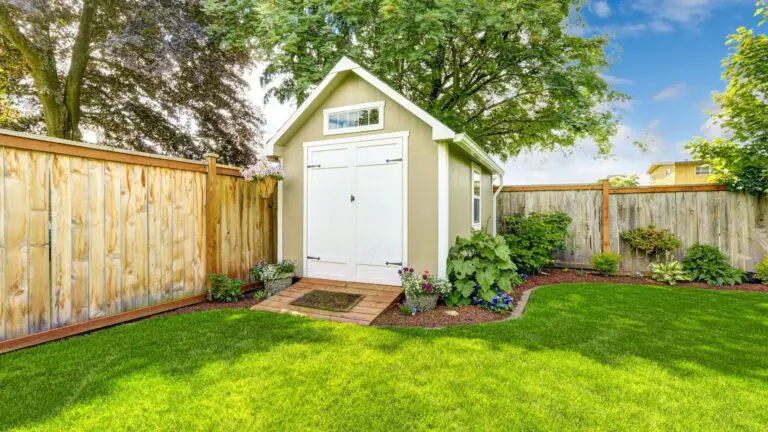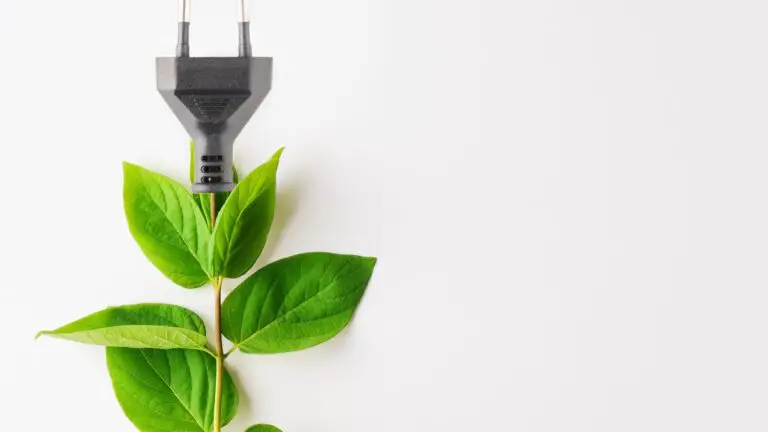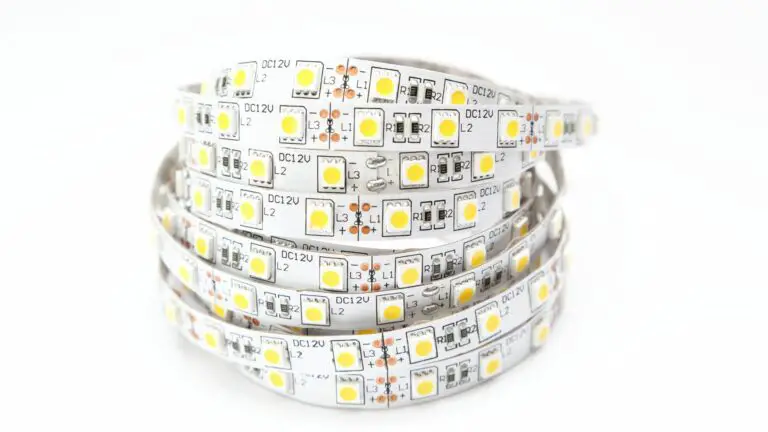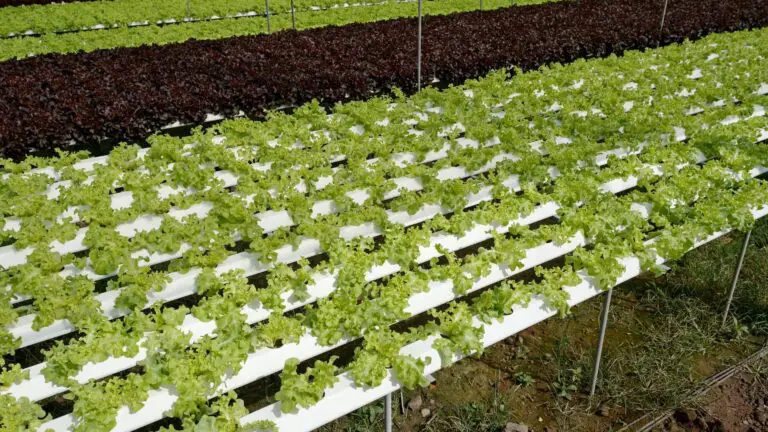How to Build a Cheap Hydroponic System?
Disclosure: Your purchases through our links may earn us a small commission, supporting our site’s ability to provide valuable information to our readers. Rest assured, it won’t impact your price. Thank you for your support.
Welcome, fellow green thumbs and urban agriculture enthusiasts! Suppose you’ve ever dreamt of starting your own hydroponic garden. In that case, you’ve stumbled onto the right page but thought it might be too costly or complicated. It’s time to put those fears aside because today, we will explore the magic of hydroponics in the simplest, most budget friendly way possible.
If you’re new to the term, hydroponics is a plant growing method without using soil, where nutrients are delivered directly to the roots through a water-based solution. It might sound high-tech, but anyone can set up their own system at home with some guidance.
Not only is hydroponics a fun experiment, but it also brings numerous benefits, making it an excellent choice for urban dwellers. It takes up less space than traditional gardening, uses fewer resources, and can produce crops year-round, regardless of the weather outside.
So, ready to dip your toes into the future of gardening? Let’s roll up our sleeves and dive into the step-by-step guide on how to build a cheap hydroponic system right in your home!
Why Choose a Cheap Hydroponic System?
In these tough economic times, we’re all looking for ways to be more frugal, especially regarding our grocery bills. In times like these, innovative solutions, like growing your own food at home, become particularly attractive. And when you’re living in an urban apartment or an area with challenging weather conditions, soil-less gardening methods like hydroponics come into the picture.
However, the cost is often a significant barrier to entry for many new to this gardening method. That’s why we’re focusing on building a cheap hydroponic system. For those who are beginners or are working with tight budgets, a cost-effective approach is a must. It allows us to dip our toes in the water (or nutrient solution, to be more accurate) without sinking a fortune into a new hobby or source of sustenance.
Creating a cheap hydroponic system allows you to satisfy your curiosity, test your green thumb, and get hands-on experience with a new form of gardening without breaking the bank. And beyond the fun of experimenting, there are practical benefits. Over time, growing your own food can lead to significant cost savings, and the satisfaction of eating something you’ve grown yourself is priceless.
Remember, affordable doesn’t mean ineffective. You can establish a thriving garden on a shoestring budget. So let’s venture together into the world of budget-friendly hydroponics and reap the benefits of this incredible technology.
DIY vs. Buying a Complete Hydroponic Kit: Which Is the More Cost-Effective?
When starting your own hydroponic garden, you might consider going the DIY route or buying a complete kit. Both options have their merits, and the most cost-effective choice can vary depending on your individual situation.
DIY Hydroponic System
Pros
- You can customize the system to perfectly fit your space and needs.
- It’s an excellent opportunity to learn and get hands-on experience.
- By shopping smart for your own materials, you can save money.
Cons
- Building your own system requires a bit of work and know-how.
In case if you need any hydroponics, aquaponics, and vertical gardening related items, check the below listed from Amazon and select the best one suited for your specific requirement.
Kratky containers – Large, Kratky containers – Small
Hydroponic reservoir
Hydro tower gardening system
Water pump
Net cups or net pots
Irrigation system including mist nozzles
Agricultural drone sprayers
Nutrient solution
Grow lights
LED grow lights
Timer
Air pump and Air stone
Organic hydroponic nutrient solution
Digital ph meters and EC, TDS meters
pH adjusters for hydroponics
Seeds for hydroponics (Lettuce, Tomatoes, Bell peppers, Cucumbers, Zucchini)
Algae control solution
Thermometer for hydroponics
Buying a Complete Hydroponic Kit
Pros
- These kits offer convenience as everything you need is in one box.
- The clear instructions and ready-to-use components make it beginner-friendly.
Cons
- Kits often come with a higher upfront price compared to DIY systems.
- These kits may offer less flexibility for customization than a DIY setup.
In summary, the DIY approach is more cost-effective. It offers a greater level of customization but requires time and effort. Buying a kit is often more convenient and easier to set up. Still, it may come with a higher price tag and less flexibility.
Just keep in mind the best choice depends on your personal needs, budget, and comfort with DIY projects.
If you are looking to buy any complete hydroponic systems or any equipment you can select the best one suited for you.
Deep Water Culture (DWC) system
Nutrient Film Technique (NFT) system
Drip System related equipment
Ebb & Flow (Flood and drain) control system
Kratky system
Aeroponic system and towers
Wick system
10 Money-Saving Tips for Building a Cheap Hydroponic System
There are lots of money-saving tips that can help you build your very own cost-effective hydroponic system. Let’s explore these budget-friendly strategies:
- Look for recycled materials in your home to repurpose. Old containers, plastic bottles, and PVC pipes can all be turned into components for your system.
- Be a smart shopper when looking for supplies. Keep an eye on sales at local gardening stores or find discounted items online.
- Consider buying items like growing medium and nutrient solutions in bulk. This approach can often be cheaper.
- Making your own nutrient solution is another money-saving trick. It can be less costly than purchasing pre-made mixtures.
- Opt for LED grow lights over traditional ones. LEDs are more energy-efficient, which saves you money over time.
- Start with a simple system design, like a Deep Water Culture (DWC) system. It requires fewer components and is simpler to construct.
- Manual watering can be a good way to save costs, especially for smaller systems. It allows you to skip the expense of a water pump.
- Choose to grow cheaper plants that are easy to grow and need fewer nutrients. Lettuce, spinach, and herbs are all great choices for beginners.
- Find ways to reuse and recycle water in your system. This reduces the amount of freshwater you need.
- Maximize the use of your light source and other resources by growing plants close together .
Building your own hydroponic system doesn’t have to empty your wallet. With some ingenuity and resourcefulness, you can enjoy the world of hydroponic gardening, whatever your budget.
How to Find Affordable Hydroponic System Materials as a Beginner
With a little creativity and resourcefulness, you can find inexpensive or even free materials in the most unexpected places.
- One of the first places to look is your home. Old containers like plastic bottles, tubs, or even fish tanks can be repurposed into reservoirs for your system. Used PVC pipes can be transformed into excellent channels for a hydroponic setup if you have any lying around.
- In addition to repurposing what you already have, yard sales and thrift stores can be treasure troves for useful items at rock-bottom prices. They often carry used aquarium equipment like pumps and air stones, which are essential for some types of hydroponic systems.
- Online marketplaces such as Craigslist, eBay, or even Facebook Marketplace are also worth a look. People often sell off their used hydroponic equipment at significantly lower prices or even give it away for free when they upgrade their systems.
- As for the hydroponic nutrients and growing mediums, you can opt for homemade compost tea or worm castings as nutrient solutions. Coconut coir, perlite, or vermiculite are all relatively inexpensive options for a growing medium that you can find at local garden stores or online.
Remember, building a hydroponic system doesn’t have to be expensive. With a little bit of searching, repurposing, and creativity, you’ll be amazed at how affordably you can gather the materials to start your own indoor garden.
How to Avoid Common Mistakes When Building a Cheap Hydroponic System
Embarking on your hydroponic journey is undoubtedly exciting. Still, it’s also a path where common mistakes can sneak up on beginners, especially when trying to keep costs down. Here are a few you’ll want to avoid:
- Pay attention to the water’s pH levels.
- Avoid overcrowding your plants.
- Pay attention to your plants’ light needs.
- Make sure you provide adequate aeration.
- Try to use good-quality water.
- Start with a simple system.
- Remember maintenance.
By avoiding common mistakes, you can get your hydroponic garden off to a great start, even on a budget. Remember, it’s all about learning and improving as you go.
Related: The 10 Most Common Mistakes Indoor Hydroponic Gardeners Make When Planting Seeds
How to Build DIY Hydroponic System: Step-By-Step Instructions for Beginners
Here’s a condensed version of the process:
- Begin by planning your system. Starting with a simple system like Kratky, Deep Water Culture (DWC), or a Wick system can benefit a newbie.
- Once you’ve planned your system, gather all the materials you’ll need. Many common household items can be repurposed, or you can scout for affordable options in local stores or online.
- Next, you’ll construct the system. This usually involves creating a reservoir, establishing a growing area, and setting up equipment like a water pump or air stones.
- Set up lighting for your plants. If available, this could be from natural sources, but you’ll need an artificial grow light in most cases.
- Now it’s time to add water and nutrients to your system. Fill up your reservoir, adjust the pH levels, and mix in your chosen nutrient solution.
- Plant your chosen seeds or seedlings. Remember to select plants suitable for hydroponics and your specific system.
- Last, you’ll need to regularly monitor and maintain your system. This means checking the pH and nutrient levels and keeping a close eye on the plants health.
This overview gives you a quick glimpse into the process. However, for in-depth, step-by-step instructions, complete with pictures and specific tips, visit our detailed guide titled 7 Cost-effective DIY Hydroponics for Home. Before you know it, you’ll be reaping the vegetables (and fruits) from your very own hydroponic garden.
Conclusion
We’ve journeyed through the exciting and cost-effective world of DIY hydroponics. From understanding its benefits to weighing the DIY against complete kits, we’ve touched all the essential points.
We’ve shared tips on cost-saving and finding affordable materials, highlighting the key mistakes to avoid when setting up your cheap hydroponic system.
Remember, this journey is not just about saving money; it’s also about learning and growing (literally!). For more detailed guidance, our ‘7 Cost-effective DIY Hydroponics for Home‘ guide is waiting for you. So, why not start your hydroponic adventure today?
Every big harvest starts with a single seed.
Thank you for reading!
Also, read:
How to Set Up a Nutrient Film Technique – NFT Hydroponics?
How to Set Up a Hydroponic Drip System
Beginner’s Guide to Set Up an Aeroponics System

